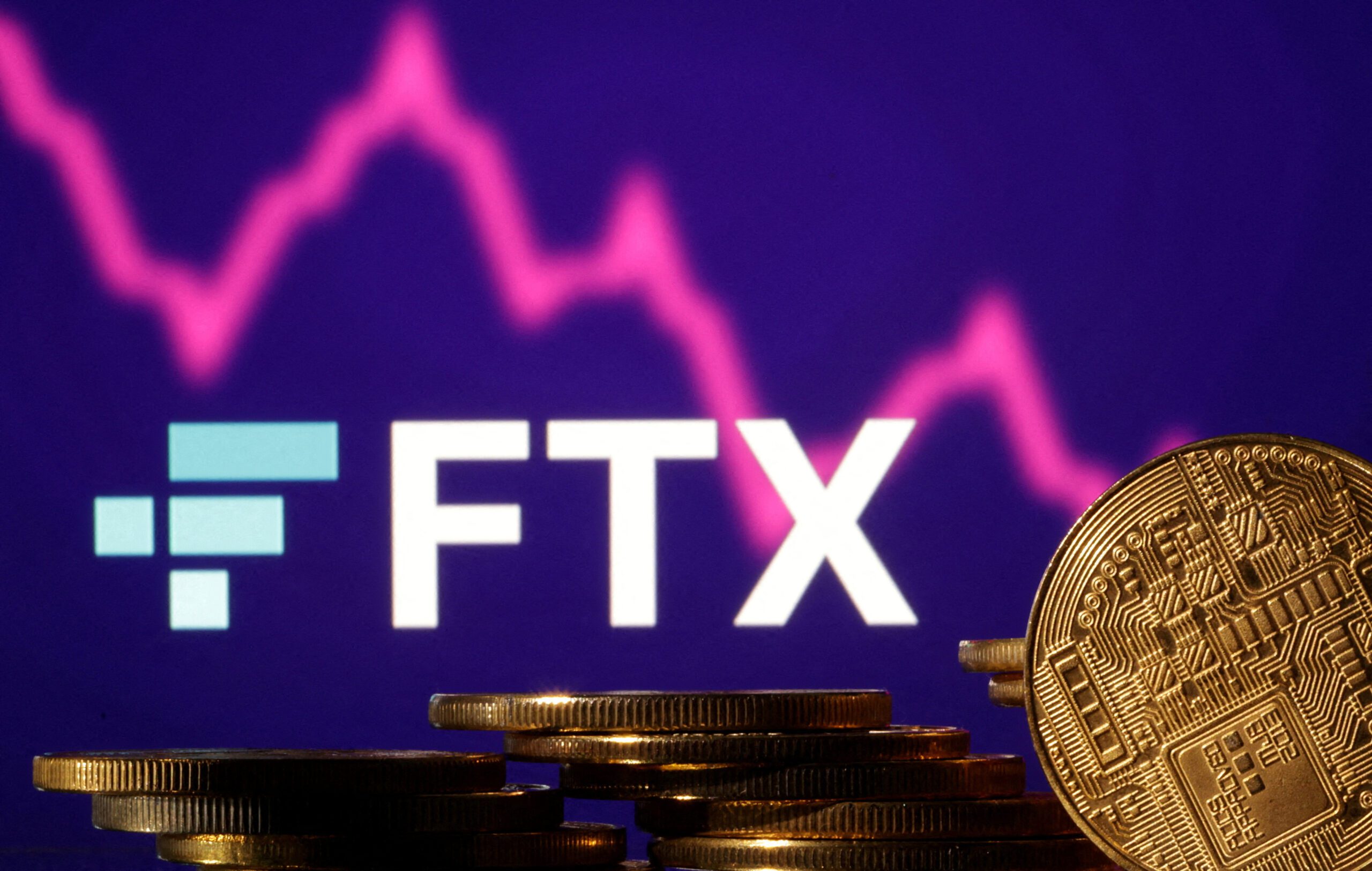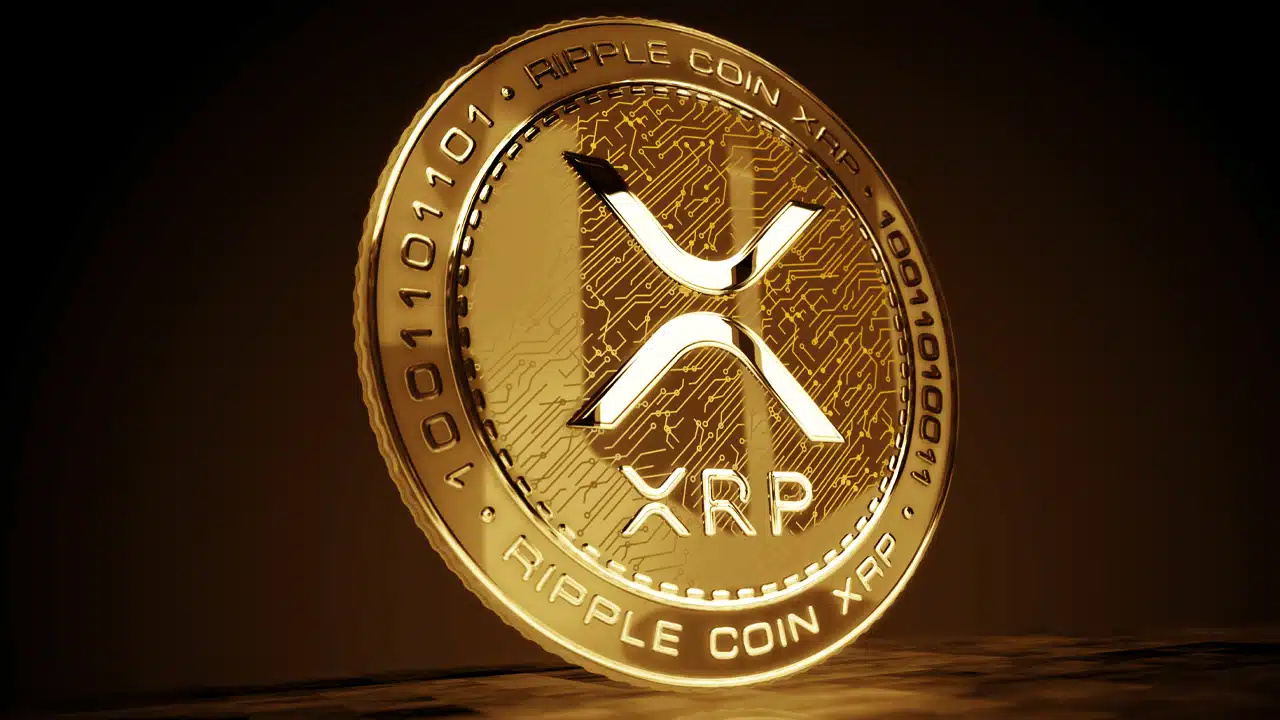|
Getting your Trinity Audio player ready...
|
In a major development for creditors of bankrupt cryptocurrency exchange FTX, prominent blockchain journalist Colin Wu has revealed that the company’s reorganization plan could soon be approved, paving the way for compensation. This comes after months of legal proceedings and speculation about when creditors might recover their funds.
Payment Schedule – Small Creditors First In Line
According to Wu’s report, FTX creditors with claims under $50,000 could begin receiving their payments as early as the end of 2024. This timeline aligns with earlier reports suggesting that the exchange may begin paying out approximately $16 billion to creditors by the fourth quarter. However, not everyone will be paid within the same timeframe. Those with claims exceeding $50,000 may have to wait until 2025, with payments expected in the first or second quarter.
In May, FTX’s debtors, alongside legal representatives from Sullivan and Cromwell, submitted a reorganization plan that could see as many as 98% of creditors recouping 118% of their claims—if everything goes according to plan. The proposal, which was described as a critical step toward settling the exchange’s financial obligations, suggested that payments would begin within 60 days of court approval. If the court signs off on the plan by October 7, the first round of payments could start before December 7, 2024.
This reorganization plan brings hope to the thousands of creditors who have been waiting for compensation since FTX’s dramatic collapse in 2022. However, it also introduces complexities, especially when considering the significant fluctuation in cryptocurrency values.
Crypto Claims Reduced to Cash Payouts
A key point of concern for many creditors is the fact that they will be compensated in cash, not cryptocurrency. Sunil Kavuri, a representative for one of the creditor groups, stated that creditors could receive as little as 25% of their crypto holdings’ current value. This sharp reduction is largely due to the valuation of crypto assets at the time of FTX’s bankruptcy.
For instance, when FTX filed for bankruptcy, Bitcoin (BTC) was trading at around $16,000. Today, Bitcoin’s value has surged to over $64,000. Unfortunately, creditors will be compensated based on the lower valuation, resulting in significant losses for many. As an example, someone who lost 0.5 BTC in the bankruptcy could receive just $8,000 in cash, compared to the $32,000 they would have if payments were made in kind.
Controversial Allocation to Shareholders
In a surprising twist, a newly surfaced document revealed that FTX debtors agreed to allocate $230 million from government forfeiture proceeds to preferred shareholders. This agreement, reached on August 28, was disclosed publicly in a court filing on September 27. The document shows that 18% of all government forfeiture proceeds, which total $230 million, will be placed in a special fund for shareholders.
This decision has raised eyebrows, as it goes against the norm in bankruptcy proceedings, where creditors are typically compensated before shareholders. The move may spark legal challenges and further complicate the path to creditor repayment.
Also Read: FTX Token (FTT) Surges 93% In 24 HoursN- Can It Reach $5 This Uptober?
As FTX’s reorganization plan inches closer to approval, creditors are finally seeing a glimmer of hope. However, with payouts tied to the original valuation of cryptocurrencies and new questions about allocations to shareholders, the road ahead remains uncertain. What’s clear is that, for many, the compensation they receive will fall far short of their original crypto holdings.
Key Takeaways:
- Creditors with claims under $50,000 could be paid by the end of 2024.
- Larger claims may not be compensated until 2025.
- Crypto claims will be paid in cash based on lower asset values at the time of bankruptcy.
- A $230M allocation to shareholders may stir controversy in the bankruptcy process.
The coming months will determine whether FTX’s creditors can finally move past the exchange’s implosion and start recovering their losses.
Disclaimer: The information in this article is for general purposes only and does not constitute financial advice. The author’s views are personal and may not reflect the views of Chain Affairs. Before making any investment decisions, you should always conduct your own research. Chain Affairs is not responsible for any financial losses.




